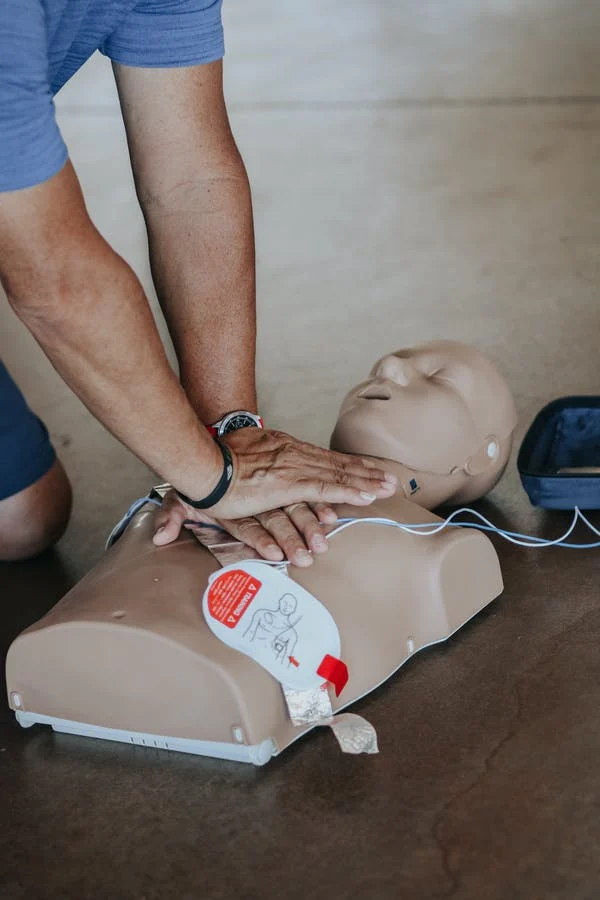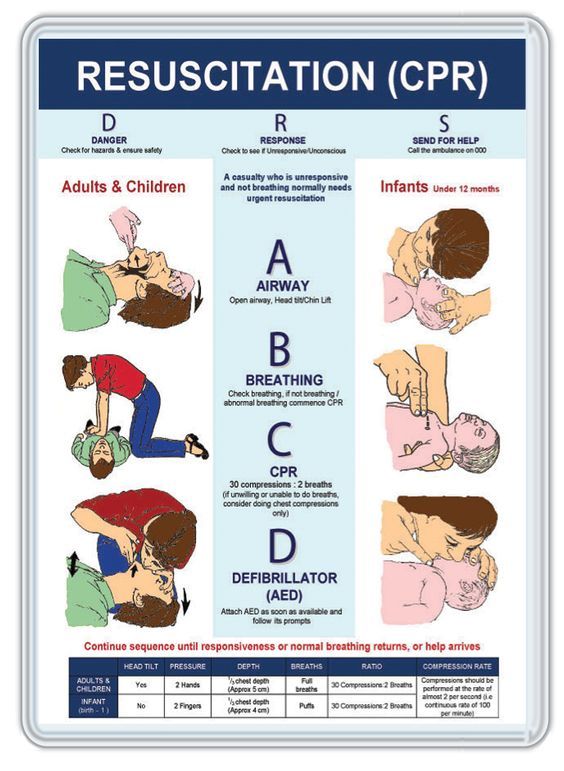CPR Instruction: Giving Constructive Feedback
CPR instruction involves giving constructive feedback so students feel confident about their newly learned skills. Knowing this skill can go a long way toward making the learning environment interesting and positive.
How to Use Constructive Criticism Properly
Use constructive criticism to improve communications with students. Therefore, to make this happen you need to:
- Tell the student directly why something is not working, then show the solutions.
- Show an example to reinforce the proper methods.
- Tell the student when he or she is doing something right to support their skills.
If you’re a CPR instructor or you wish to take your CPR instruction to the next level, you need to learn how to constructively communicate.
Not only should you provide this type of feedback to students, you should apply it to yourself.
As a CPR instructor, you should establish a secure learning environment. Therefore, you need to make students feel welcome – that what they do is important to you. You can do this more easily by offering helpful suggestions where you can see some room for improvement.
That means you have to set the tone for your CPR training class. Therefore, you need to comment positively. In turn, this will have a synchronous effect. Students will also, during group practice, follow your method and encourage others as well. Show your commitment by adding posters to your classroom that inspire as well as CPR tips.
Adding Constructive Feedback to CPR Training
You can halt a student’s development when you make unfavorable remarks. It also affects the CPR learning atmosphere. In simple terms, you cannot criticize students if you expect to see progress in your class.
For example, you don’t want to say, “You’re doing that all wrong.” “What are you thinking?” These comments will quickly discourage further learning. Instead, you might say, “I noticed you’re struggling giving breaths.” “That’s okay.”
Then communicate and show how to handle things. You might say,”You just need to lift the chin slightly to clear the airway.” Do this while showing how it’s done.
Sometimes, you can use a student’s small mistake to make a point to your class. After all, everyone learns from their mistakes. You need to emphasize this point as well.
By maintaining a positive attitude throughout the course, you’ll inspire confidence. That also includes praising students when they do well. Everyone should feel included and valued.
When you deliver constructive feedback properly, you foster sincerity, respect, and consideration. Leading by example motivates students toward a higher level of progress and performance.
Ask Students for Their Feedback
As noted, positive teaching leads to an upbeat atmosphere. You might also consider yourself a work-in-progress as you continue to develop your teaching skills. Ask your students for feedback. Doing so will help you understand your shortcomings and improve your teaching methods.
Even if you disagree with a student’s comments, keep an open mind. If they give their feedback openly, thank them and don’t get on the defensive. Doing so will build both trust and confidence.
If you want your students to respond well in life-threatening situations, you need to keep the above info in mind.
Are you a CPR instructor? If so, what have you learned about your teaching methods? Where have you made improvements? Share them here and offer your insights.




